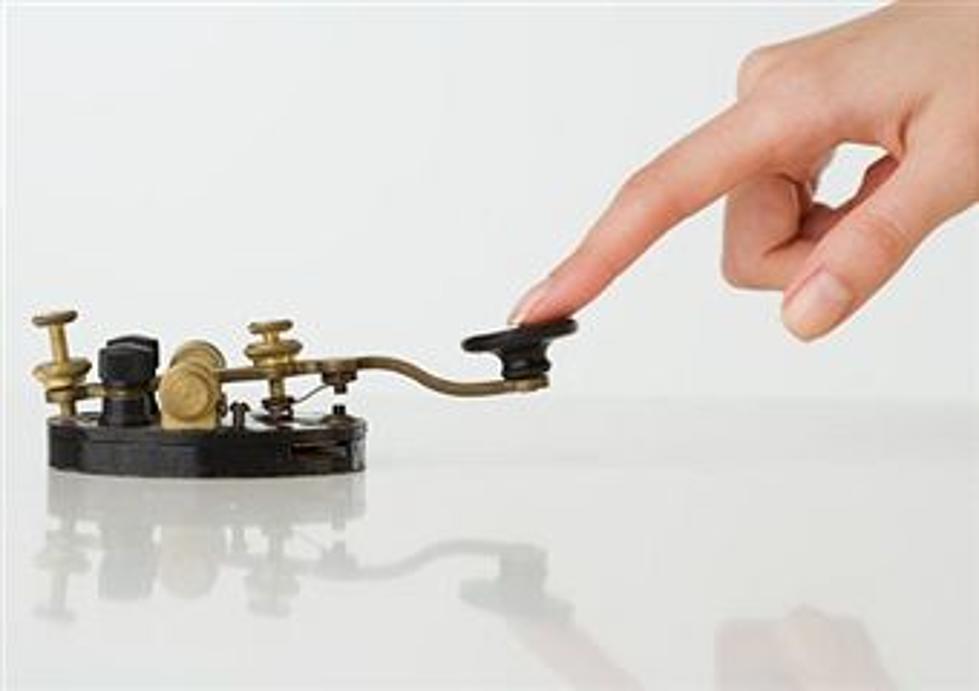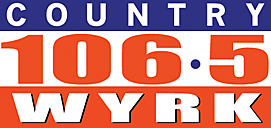
Dale’s Daily Data: SOS
It’s recognized all over the world as an international distress signal. Three dots, three dashes, three dots, repeated at brief intervals. SOS. It was first introduced in Germany in 1905 then adopted internationally the following year. It had nothing to do with the letters they correspond to. It was just an easy way to remember it. Three dots, three dashes, three dots. The SOS was never really intended to stand for anything but people began to think of the letters to mean Save Our Ship, our Save Our Souls.
The ocean liner Slavonia is the first to use it in 1909. There were some ship radio operators who also used CQD when calling for help. Come Quick Danger or Come Quick Distress. Both were used in the call for help in the sinking of the Titanic in 1912. But to keep it consistent and in the interest of safety – SOS became the preferred signal after that.
When radio signals eventually allowed the human voice to be transmitted, Mayday became the internationally understood call for distress – the equivalent of SOS. Why Mayday? It comes from a French phrase meaning “help me”.
More From 106.5 WYRK









